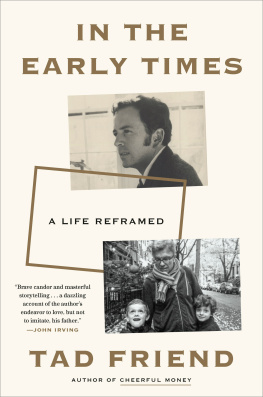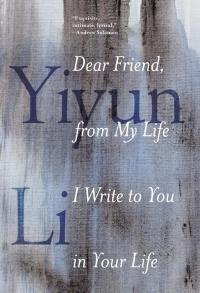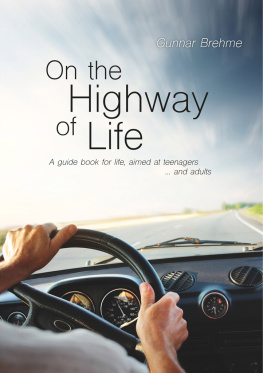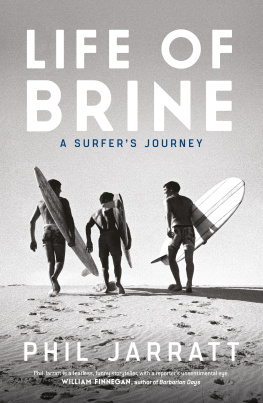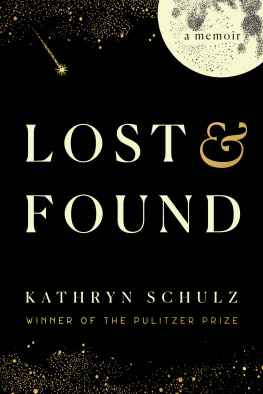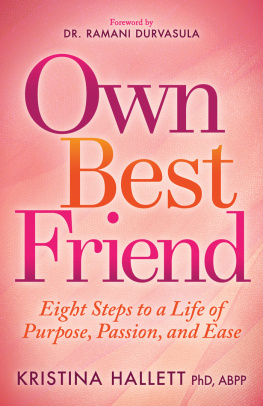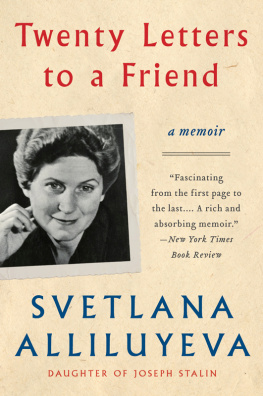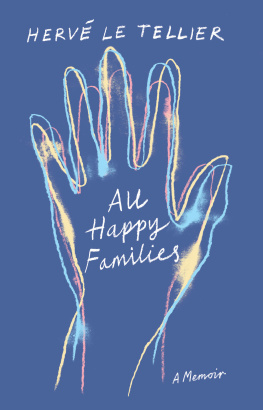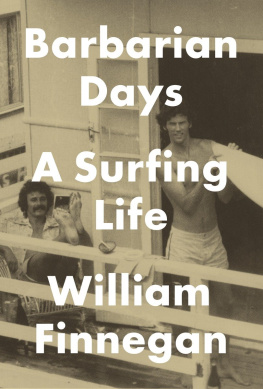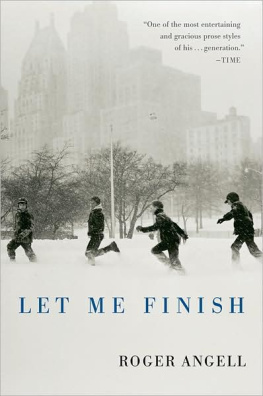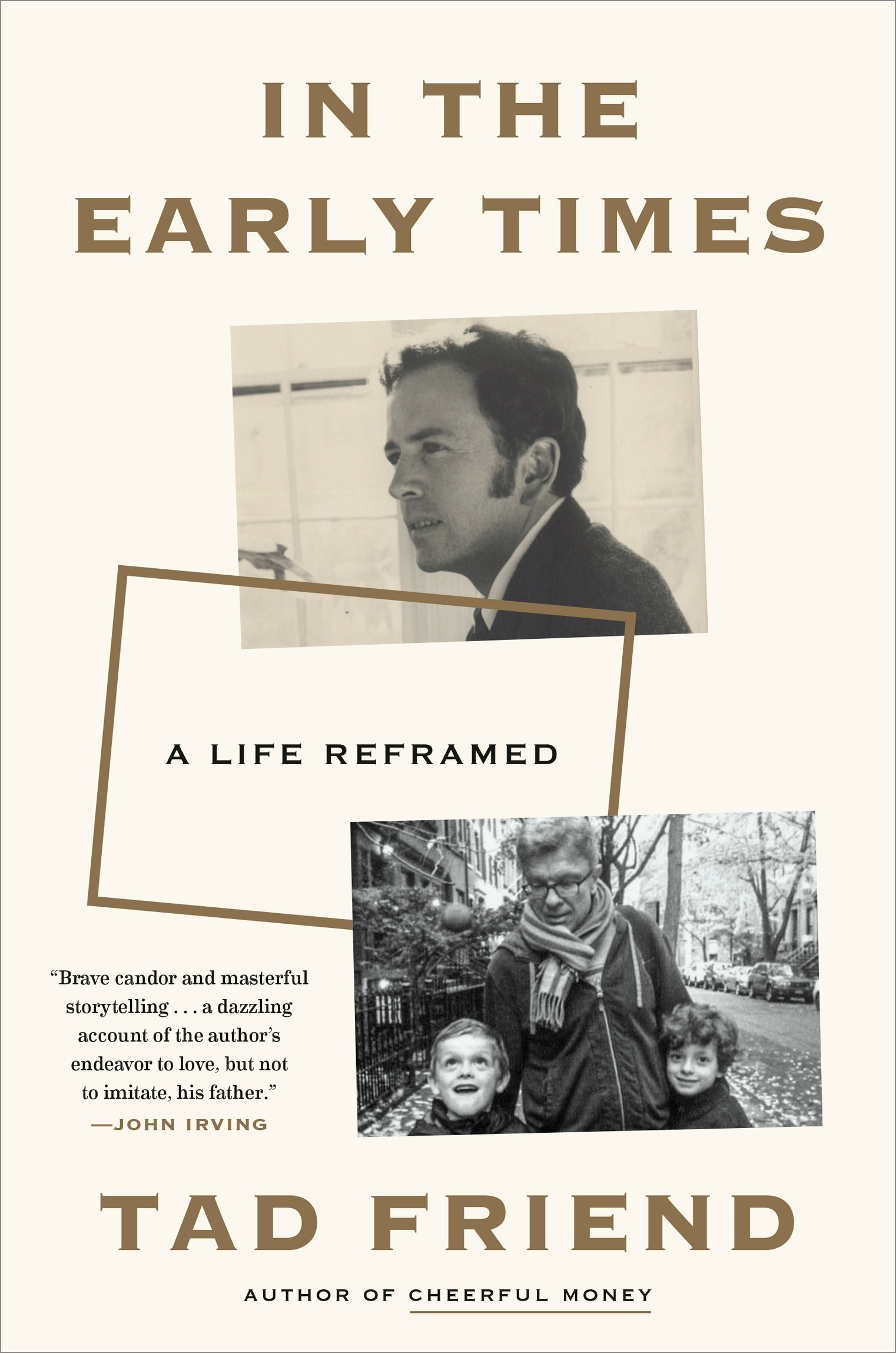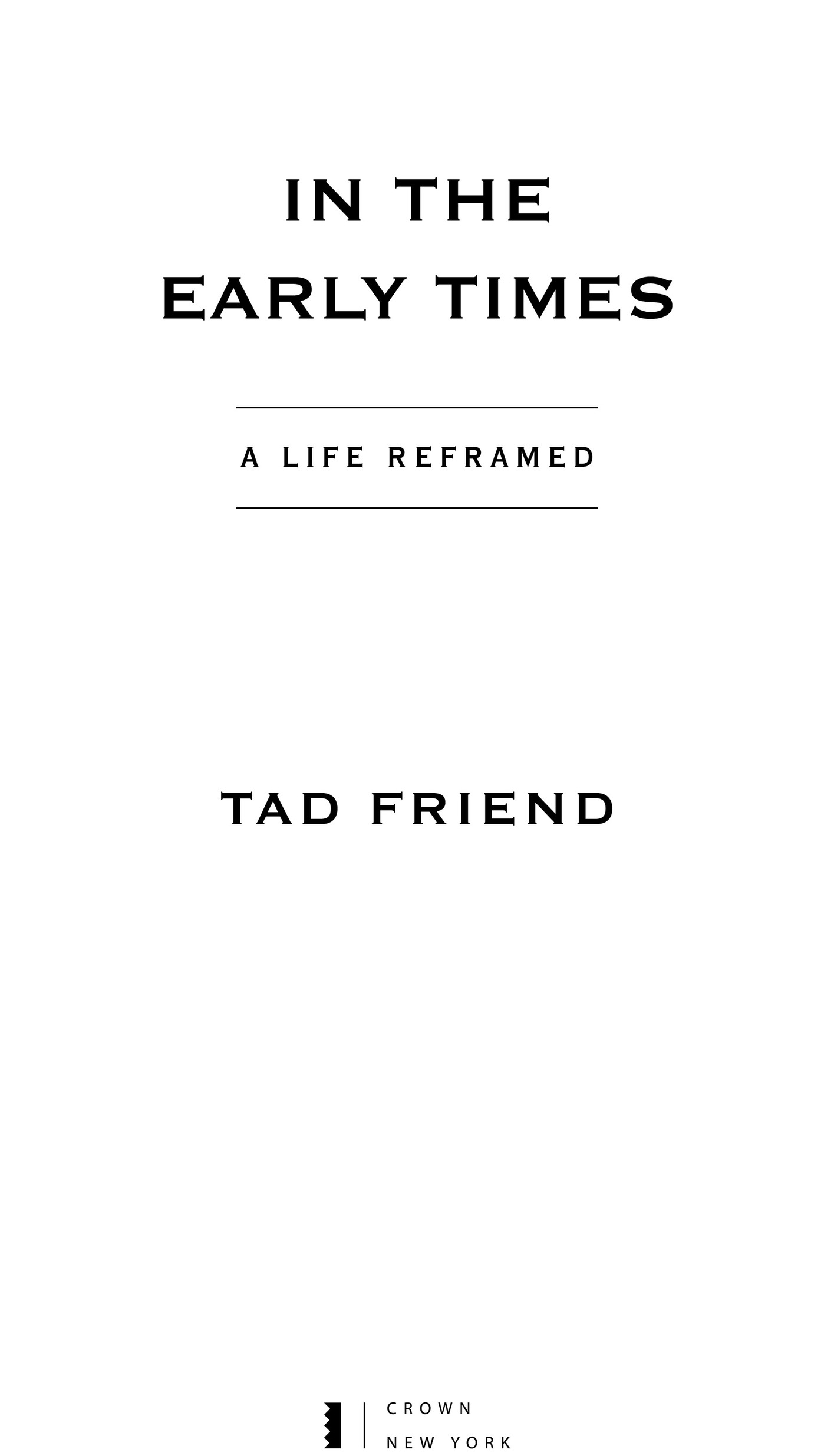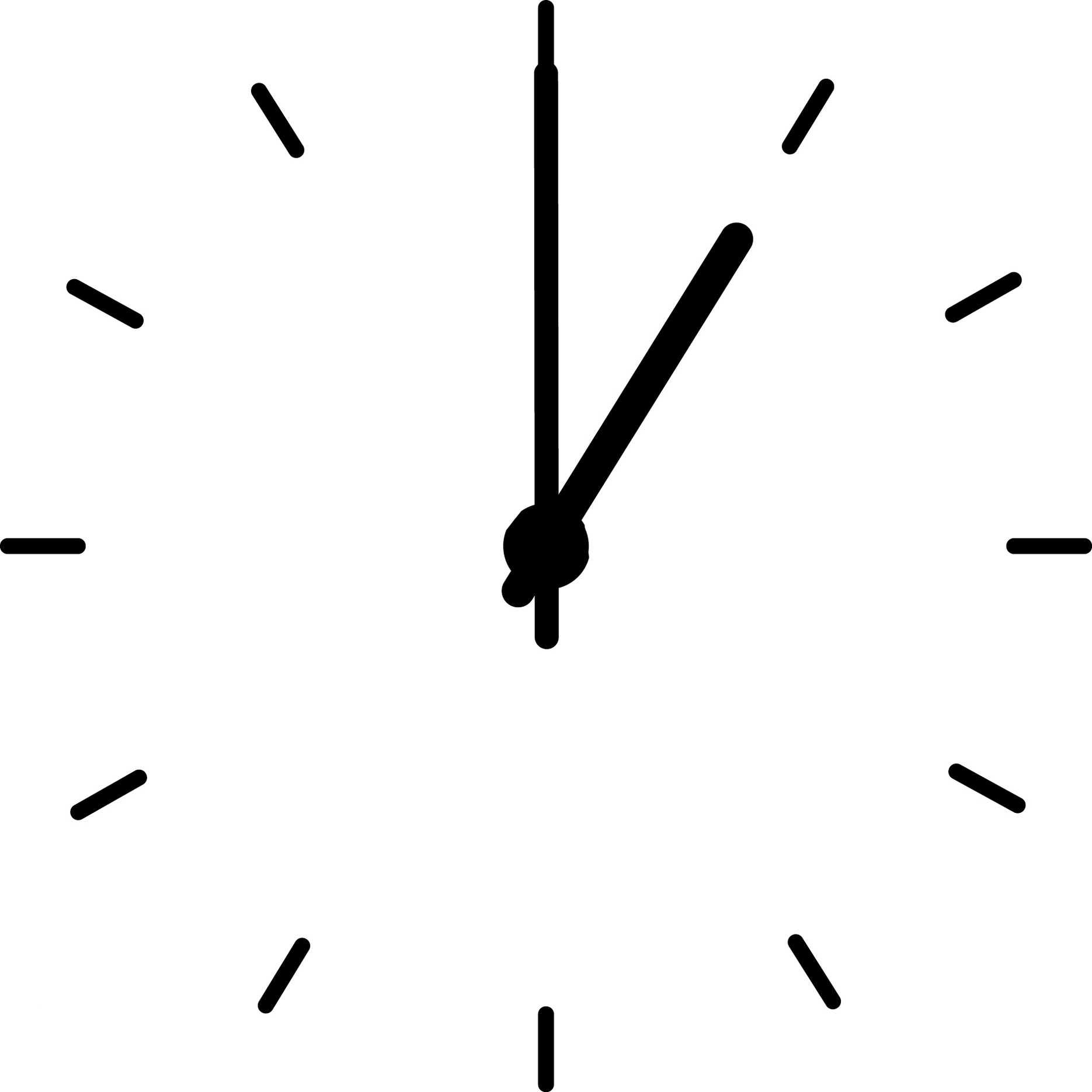Tad Friend - In the Early Times: A Life Reframed
Here you can read online Tad Friend - In the Early Times: A Life Reframed full text of the book (entire story) in english for free. Download pdf and epub, get meaning, cover and reviews about this ebook. year: 2022, publisher: Crown, genre: Non-fiction. Description of the work, (preface) as well as reviews are available. Best literature library LitArk.com created for fans of good reading and offers a wide selection of genres:
Romance novel
Science fiction
Adventure
Detective
Science
History
Home and family
Prose
Art
Politics
Computer
Non-fiction
Religion
Business
Children
Humor
Choose a favorite category and find really read worthwhile books. Enjoy immersion in the world of imagination, feel the emotions of the characters or learn something new for yourself, make an fascinating discovery.
- Book:In the Early Times: A Life Reframed
- Author:
- Publisher:Crown
- Genre:
- Year:2022
- Rating:5 / 5
- Favourites:Add to favourites
- Your mark:
In the Early Times: A Life Reframed: summary, description and annotation
We offer to read an annotation, description, summary or preface (depends on what the author of the book "In the Early Times: A Life Reframed" wrote himself). If you haven't found the necessary information about the book — write in the comments, we will try to find it.
How often does a memoir build to a stomach-churning, I-cant-breathe climax in its final pages? . . . Brilliant, intensely moving.William Finnegan, Pulitzer Prizewinning author of Barbarian Days
ONE OF THE BEST BOOKS OF THE YEAR: The New Yorker
Almost everyone yearns to know their parents more thoroughly before they die, to solve some of those lifelong mysteries. Maybe, just maybe, those answers will help you live your own life. But life doesnt stop to wait. In his fifties, New Yorker writer Tad Friend is grappling with being a husband and a father as he tries to grasp who he is as a son. Torn between two families, he careens between two stages in life. On some days he feels vigorous, on the brink of greatness when he plays tournament squash. On others, he feels distinctly weary, troubled by his distance from millennial sensibilities or by his own face in the mirror, by a grimace thats so like his fathers.
His father, an erudite historian and the former president of Swarthmore College, has long been gregarious and charming with strangers yet cerebral with his children. Tad writes that trying to reach him always felt like ice fishing. Yet now Tads father, known to his family as Day, seems concerned chiefly with the flavor of ice cream in his bowl and, when pushed, interested only in reconsidering his view of Franklin Roosevelt.
Then Tad finds his fathers journal, a trove of passionate confessions that reveals a man entirely different from the exasperatingly logical father Day was so determined to be. It turns out that Tad has been self-destructing in the same way Day hasa secret each has kept from everyone, even themselves. These discoveries make Tad reconsider his own role, as a father, as a husband, and as a son. But is it too late for both of them?
Witty, searching, and profound, In the Early Times is an enduring meditation on the shifting tides of memory and the unsteady pillars on which every family rests.
Tad Friend: author's other books
Who wrote In the Early Times: A Life Reframed? Find out the surname, the name of the author of the book and a list of all author's works by series.

